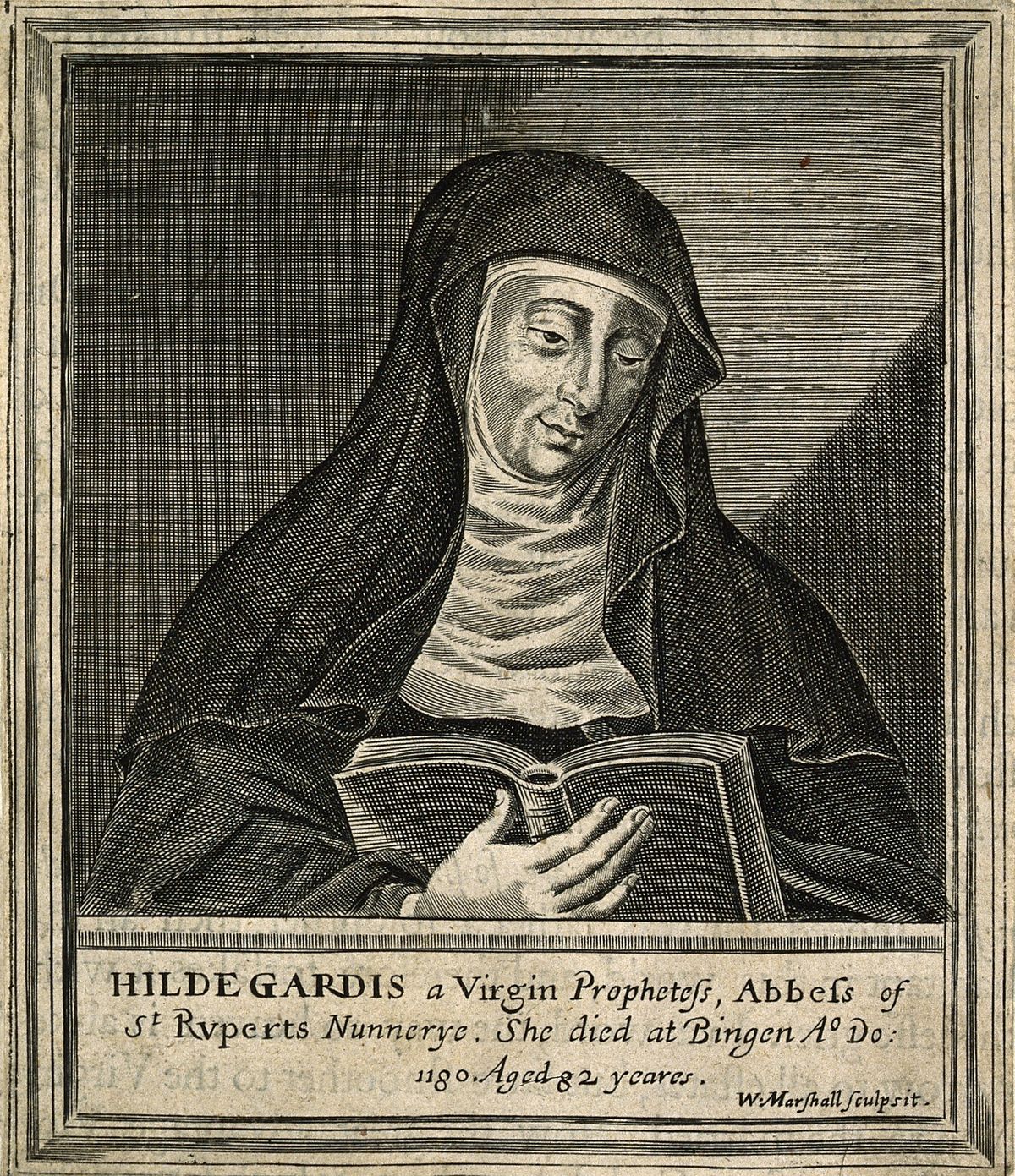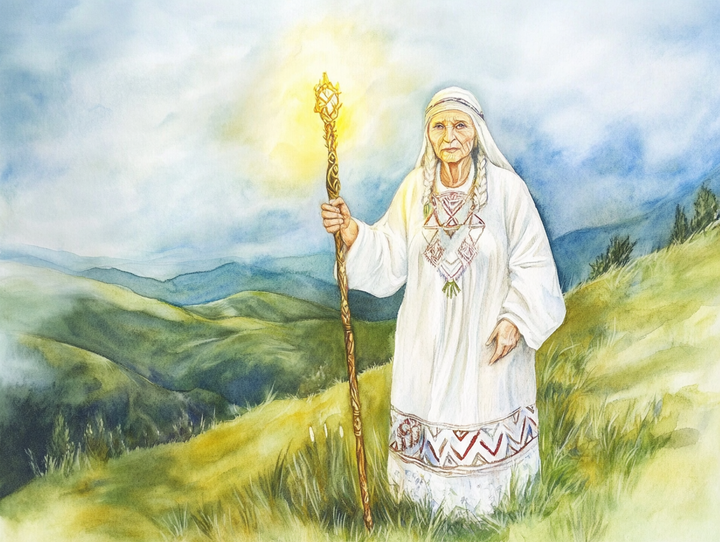Hildegard of Bingen: Visionary of the Medieval Era

As we traverse the annals of history, we often encounter individuals who significantly influenced the society of their time and left a legacy that resonates to this day. One such figure is Hildegard of Bingen, a German Benedictine abbess, writer, composer, philosopher, and visionary mystic of the 12th century. Her extraordinary life and multidisciplinary contributions have not only left an indelible mark on religious history but have also spanned the realms of music, medicine, and ecology. Let us journey back in time to explore the life and work of this remarkable woman.
Early Life and Calling
Hildegard was born in 1098 in Bermersheim vor der Höhe, in what is now Germany. She was the youngest of ten children in a noble family. At a young age, Hildegard started having visions, which she would later describe in great detail in her works. Believed to be the tenth of her family and thus, by custom, dedicated to the Church, she was sent to the Benedictine monastery at Disibodenberg at the age of eight to receive religious instruction from Jutta, an anchoress.
Spiritual Journey and Visionary Works
Hildegard's spiritual journey significantly progressed when she began having divine visions more frequently. At the age of 42, she said she received a call from God to write down what she saw in her visions. These writings, filled with rich symbolism and vivid imagery, resulted in her first and most famous visionary work, "Scivias" ("Know the Ways"). Over the course of ten years, Hildegard described 26 of her visions, dealing with the relationship between God, humanity, and the universe.
Her subsequent visionary works, "Liber Vitae Meritorum" ("Book of Life's Merits") and "Liber Divinorum Operum" ("Book of Divine Works"), further illustrated her complex cosmology and anthropology, intertwining spiritual beliefs and empirical observations. These works established Hildegard as a woman of profound intellect and spiritual insight in an era when women were rarely given such recognition.
An Extraordinary Composer
Hildegard's legacy is not limited to her visionary works. She was also a gifted composer, and her contributions to music during the 12th century were groundbreaking. She composed chants and hymns, collected in "Symphonia Harmoniae Caelestium Revelationum" ("Symphony of the Harmony of Heavenly Revelations"), which are considered some of the most beautiful and unique compositions of the Gregorian chant tradition.
Hildegard's music was closely tied to her visions and spiritual teachings, often filled with lyrical expressions of divine love and the intricate relationship between humanity and the creator. Her musical compositions were innovative and ahead of their time, featuring wide melodic leaps and a dramatic range of pitch that was unusual for the monophonic Gregorian chant.
Contributions to Natural Science and Medicine
Beyond her religious and musical contributions, Hildegard also wrote extensively on the subjects of natural history and medicine. Her works, "Physica" and "Causae et Curae," demonstrate a keen observation of the natural world and an understanding of the healing properties of plants, animals, elements, and metals. Hildegard's approach was holistic, intertwining spiritual, physical, and psychological health. She believed that leading a balanced life in harmony with nature was the key to maintaining good health.
These works significantly contributed to the medical knowledge of her time and are considered early milestones in the field of naturopathy and holistic health. Her writings on natural science and medicine provide an invaluable insight into the health practices and beliefs of the 12th century.
Hildegard's Advocacy and Ecological Thought
Hildegard was not just an observer but an advocate as well. Her courage in expressing her views was noteworthy in a time when women's voices were often marginalized. She advised and corresponded with popes, emperors, and influential figures of her time, speaking on behalf of the Church and on social matters.
Hildegard's reverence for the interconnectedness of the natural world could also position her as an early ecological thinker. She emphasized 'Viriditas,' or 'greenness,' as a divine and vital life force present in all living beings, illustrating a deep understanding of the importance of ecological balance.
Conclusion
Hildegard of Bingen's life and works have resonated across centuries, leaving a rich and diverse legacy. Her remarkable contributions, stemming from deep spiritual experiences, spanned theology, music, medicine, and ecology. Hildegard was truly a woman ahead of her time, demonstrating that faith and rational inquiry can coexist harmoniously.
Despite the numerous barriers she faced as a woman in the 12th century, her wisdom and insight paved the way for future theologians, composers, natural scientists, and feminists. She stands as a testament to the enduring power of intellectual curiosity, spiritual depth, and courage, inspiring us to cross boundaries in our quest for knowledge and understanding. As we navigate through our contemporary challenges, Hildegard of Bingen’s legacy continues to shine a light, illuminating the intricate interconnections of spirituality, nature, and human endeavor.




